
views
Mastering the Handshake
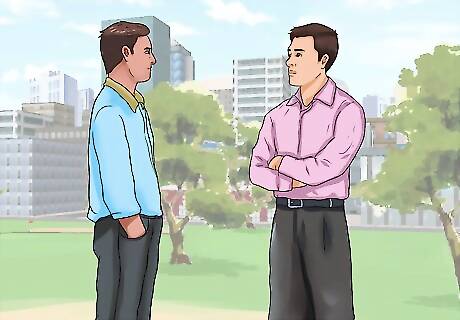
Stand near the person you want to shake hands with. Leave 3–4 feet (0.91–1.22 m) between the 2 of you. You should both be able to comfortably extend your arms to shake hands. If you stand too close, you may come across as creepy. However, if you stand too far away, they may think that you don’t want to shake hands. Use good posture when shaking someone’s hand. This will make you look confident. If you’re sitting, rise before shaking someone’s hand.
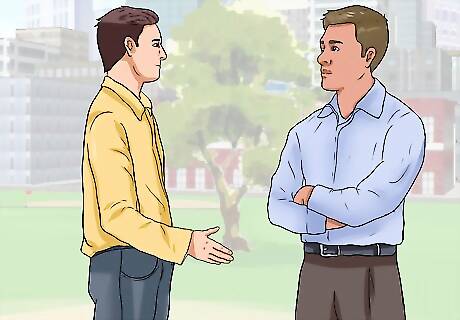
Extend your right hand. Reach halfway towards the person with your thumb extended upwards and your fingers pressed together. Lean towards the person and maintain eye contact to show that you’re interested in shaking their hand. Smile while you extend your hand. Otherwise, you may come across as aggressive. If the person’s right hand is injured, offer your left hand instead.

Grasp their hand. Grab the middle of their hand so that the webs of your thumbs are touching. Use a firm grip, but be careful not to squeeze too hard. Try to mirror the pressure that the other person applies. Your fingers should be completely curled around the other persons hand. Don’t grab the end of the person’s fingers. Otherwise, you’ll shake their limp fingers instead of shaking their hand.
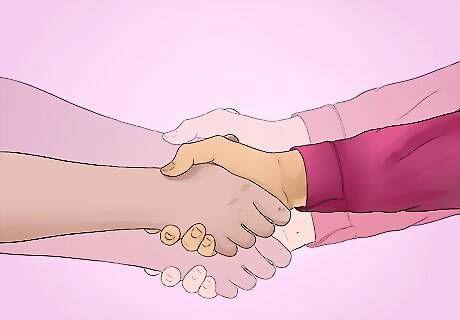
Pump their hand 2 or 3 times. As you grasp the other person’s hand, bend your elbow to lift your hands up and down. Do this 2 or 3 times. The movement should be small and precise. Avoid swinging their hands around in a large back-and-forth movement. Don’t pump their hand more than 3 times. If you do, you may come across as creepy.
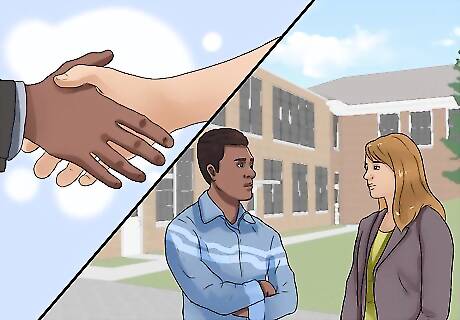
Release their hand and lean back. After you finish shaking hands, release the other person’s hand and return to your original position. At this point, you can politely break eye contact. However, continue smiling as you talk to appear friendly. Resist the urge to wipe your hand after shaking someone else’s. They might notice and get offended.
Avoiding Common Mistakes
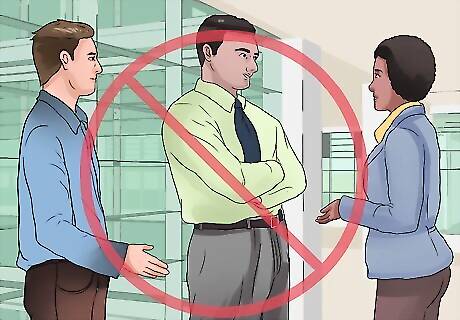
Avoid offering a handshake unannounced. If you offer someone your extended hand when they aren’t paying attention, they may not shake your hand. While this situation is embarrassing, it doesn’t mean that the other person is unwilling to shake your hand. Instead, announce yourself with a greeting or a farewell to get their attention. Some examples of good phrases include: “Hey, Robert! It’s been a while, how are you doing?” “Excuse me, Mrs. Becker? Hi, I’m Ian. I work in the Engineering department. It’s nice to meet you!” “We’re headed out, James. Thanks for the wonderful party! We had a great time!”
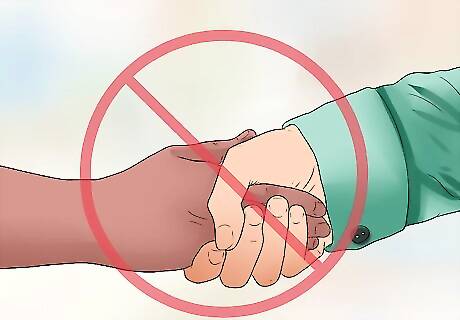
Don’t use inappropriate pressure. This can include grasping someone’s hand too firmly or letting your hand go limp mid-handshake. If you apply too much pressure, you’ll come across as arrogant and aggressive. However, if you shake someone’s hand too limply they may think you don’t care about meeting them. Practice with a friend if you need help gauging your handshake pressure.
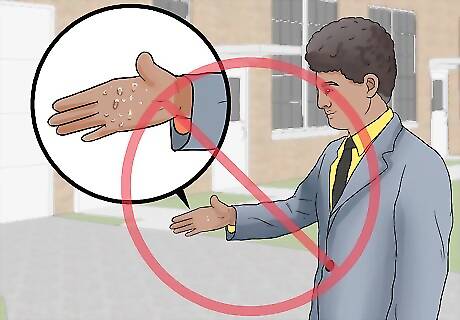
Don’t extend a sweaty hand. If you give someone a sweaty hand to shake, you may gross them out. Before shaking their hand, subtly dry your own hand against the side of your pants or skirt. If you’re holding a drink, hold it in your left hand so that the condensation doesn’t make your hand feel wet and sweaty. If you experience chronic hand sweat, spray your hands with an antiperspirant once a day. This will help your hands stay dry.
Knowing When to Shake Hands
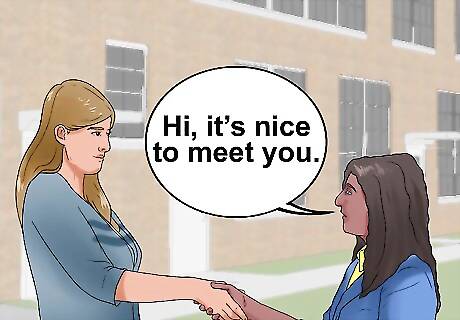
Shake hands during an introduction. Many people consider it polite to shake hands during introductions. Therefore, it’s usually a good idea to extend a hand whenever you meet someone for the first time. If someone else is introducing you, wait for them to finish speaking before shaking someone’s hand. While you’re shaking hands, offer a greeting such as: “Hi, I’m Jane. It’s nice to meet you!” “Nice to meet you, I’m Jeremy.” “It’s a pleasure.” “Hi, how’re you doing?”
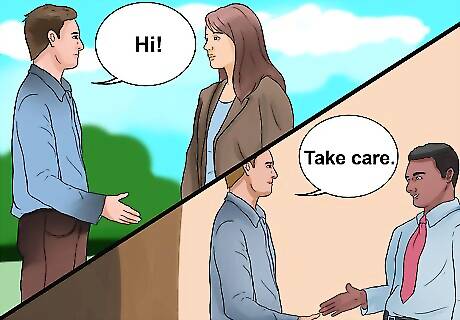
Extend a hand for greetings and goodbyes. If you’re close friends with someone and don’t usually shake hands, it would be awkward to try. However, depending on the formality of the situation, it may be appropriate to shake hands when greeting or saying goodbyes. Some examples of appropriate situations include: Greeting an older person or family member Greeting someone in a professional setting When arriving at or leaving a nice party When you haven’t seen a friend in a while
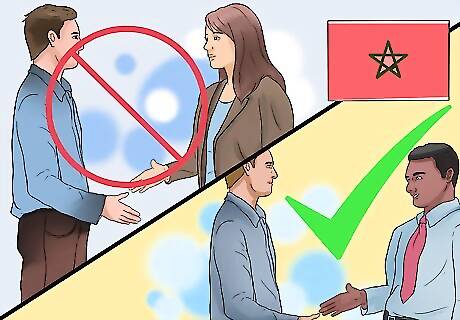
Keep other customs in mind. Most Western countries use a firm handshake as a greeting. However, there are many countries around the world where there are different ways to politely show respect. If you’re traveling in a foreign country or meeting up with foreign friends, research the greeting etiquette ahead of time. For example: In Russia, men shake hands with other men, and depending on company culture women’s hands. In South Korea, the senior person initiates the handshake. Use a soft grip while shaking hands. In Morocco, people shake hands and then touch their hearts as a sign of respect. Use a gentle grip while shaking hands. If you are a man greeting a woman, wait to see if she offers her hand first. If she doesn’t, bow your head to her instead. In Turkey, firm handshakes are considered rude. Instead, use a soft grip. In China, always greet the oldest person first. Bow slightly while shaking their hand.
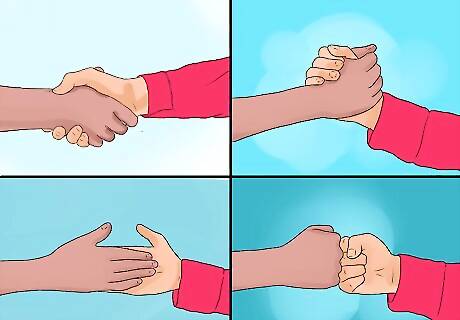
Understand unique handshake variations. If you’re a part of an organization, you may need to learn a special handshake to subtly identify yourself to other members. Similarly, you can use popular handshake variations to show that you’re a part of particular cultural group. For example, many people use the homie handshake when greeting close friends. Some other examples include: The Freemason handshake. This handshake is top secret and used by Freemasons to identify other members of their group. The Scout handshake. Both Boy Scouts and Girl Scouts shake hands with their left hands when greeting other scouts. The Parent Trap handshake. This handshake, popular with movie buffs, is from the movie Parent Trap.




















Comments
0 comment